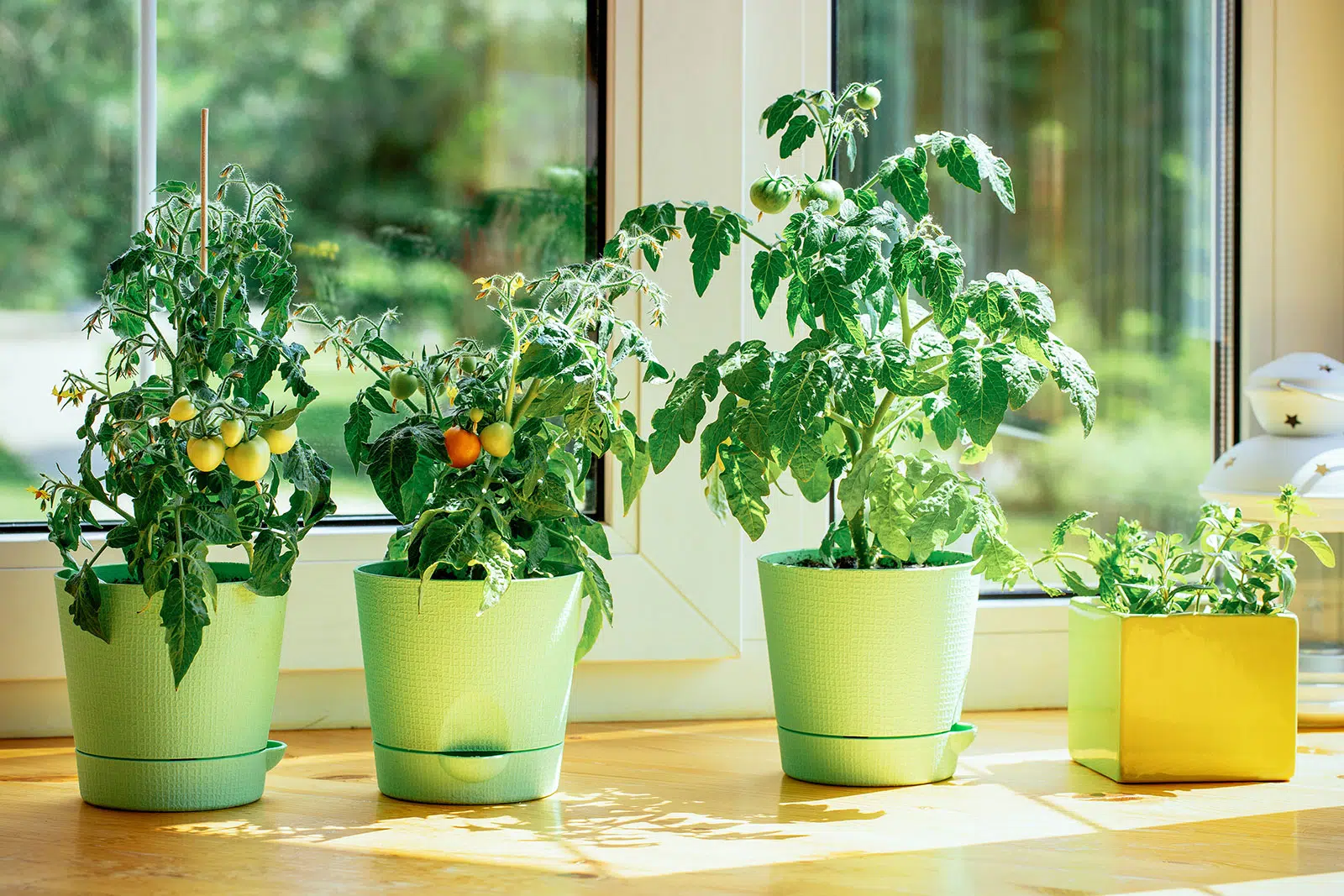Edible Plants for Indoor Gardens_ Fresh Herbs and Greens

Strong 8k brings an ultra-HD IPTV experience to your living room and your pocket.
Edible Plants for Indoor Gardens: Growing Fresh Herbs and Greens Year-Round
Indoor gardening has become increasingly popular, especially for those who want to enjoy fresh, homegrown produce in limited spaces. Among the most sought-after edible plants for indoor gardens are fresh herbs and greens. Cultivating these flavorful and nutritious plants indoors allows you to enhance your culinary creations and enjoy the benefits of year-round gardening, regardless of the outdoor climate. In this comprehensive article, we will explore 20 delicious and versatile edible plants that thrive in indoor environments, along with essential tips for successful cultivation.
Basil (Ocimum basilicum)
Basil is a beloved herb with a delightful aroma and a versatile culinary profile. Its sweet and slightly peppery flavor makes it a staple in various dishes, including pasta, salads, and pizzas. Basil prefers bright sunlight and well-draining soil, making it an excellent addition to any indoor garden.
Mint (Mentha sp.)
Mint is an aromatic herb known for its refreshing flavor and cooling properties. It comes in various varieties, such as peppermint and spearmint, and adds a delightful twist to beverages, desserts, and savory dishes. Mint thrives in partial sunlight and moist soil.
Rosemary (Rosmarinus officinalis)
Rosemary is an evergreen herb with a fragrant aroma that complements many Mediterranean dishes. Its needle-like leaves are rich in flavor and can add depth to roasted meats, soups, and stews. This herb requires plenty of sunlight and well-draining soil.
Thyme (Thymus vulgaris)
Thyme is a low-maintenance herb that boasts earthy and slightly minty notes. Its tiny leaves add a delightful flavor to poultry, vegetables, and sauces. Thyme prefers bright light and moderate watering.
Parsley (Petroselinum crispum)
Parsley is a biennial herb widely used for its fresh and vibrant taste in various culinary applications. It complements salads, soups, and sauces, making it an essential addition to any indoor garden. Parsley prefers bright, indirect light and well-draining soil.
Chives (Allium schoenoprasum)
Chives are a versatile herb with delicate, onion-like flavor and slender, green stalks. They are excellent additions to salads, omelets, and creamy sauces. Chives thrive in moderate sunlight and well-watered soil.
Oregano (Origanum vulgare)
Oregano is a popular herb in Mediterranean cuisine, known for its pungent and peppery flavor. It pairs exceptionally well with tomatoes, making it a key ingredient in pizza and pasta dishes. Oregano requires plenty of sunlight and well-drained soil.
Sage (Salvia officinalis)
Sage is an aromatic herb with a warm and earthy flavor, perfect for pairing with poultry and stuffing. Its velvety leaves and woody stems add visual interest to your indoor garden. Sage prefers ample sunlight and well-draining soil.
Cilantro/Coriander (Coriandrum sativum)
Cilantro, also known as coriander in some regions, is a popular herb in many cuisines worldwide. Its leaves, known as cilantro, offer a fresh and citrusy flavor, while its seeds, called coriander, have a warm and nutty taste. Cilantro prefers partial sunlight and well-draining soil.
Dill (Anethum graveolens)
Dill is an aromatic herb with feathery leaves and a distinct flavor reminiscent of anise and celery. It is commonly used in pickling, fish dishes, and sauces. Dill requires bright sunlight and well-drained soil.
Spinach (Spinacia oleracea)
Spinach is a nutrient-dense green that is easy to grow indoors. Its tender leaves are rich in iron and vitamins, making it a healthy addition to salads, smoothies, and cooked dishes. Spinach thrives in cooler temperatures and prefers moderate sunlight.
Lettuce (Lactuca sativa)
Lettuce is one of the easiest greens to grow indoors, and its versatility allows you to choose from various leaf shapes and colors. With its mild flavor, lettuce makes an excellent base for salads and sandwiches. It requires moderate sunlight and well-drained soil.
Kale (Brassica oleracea var. sabellica)
Kale has gained popularity as a superfood due to its exceptional nutritional profile. This robust green, with its slightly bitter taste, adds depth to salads, smoothies, and sautéed dishes. Kale prefers cooler temperatures and moderate sunlight.
Swiss Chard (Beta vulgaris subsp. vulgaris)
Swiss chard is a colorful leafy green that adds visual appeal to any indoor garden. Its stems come in vibrant shades of red, pink, yellow, or white, while its leaves have a mild, earthy taste. Swiss chard prefers moderate sunlight and well-drained soil.
Arugula (Eruca sativa)
Arugula, also known as rocket or roquette, has a peppery flavor that adds a unique twist to salads and sandwiches. Its tender leaves are quick to grow and require moderate sunlight and well-draining soil.
Watercress (Nasturtium officinale)
Watercress is a peppery aquatic green that thrives in a hydroponic system or a container with waterlogged soil. This nutrient-packed green is a fantastic addition to salads and sandwiches.
Mustard Greens (Brassica juncea)
Mustard greens have a peppery and slightly bitter taste, akin to their close relative, arugula. These greens are easy to grow indoors and provide a zesty kick to salads and sautéed dishes.
Microgreens
Microgreens are young, tender greens harvested when they are just a few inches tall. They come in various flavors, including spicy, nutty, and sweet. Microgreens are easy to grow indoors and are nutrient powerhouses.
Radish Greens (Raphanus sativus)
When growing radishes indoors, don't discard the greens! Radish greens are edible and have a slightly peppery taste, similar to arugula. They can be used in salads or sautéed as a tasty side dish.
Mizuna (Brassica rapa var. japonica)
Mizuna is a Japanese leafy green with serrated edges and a mild, slightly peppery taste. It adds a delightful crunch to salads and stir-fries and thrives in indoor environments.
Tips for Successful Indoor Gardening
Light: Most herbs and greens require at least 4-6 hours of sunlight per day. Place your indoor garden near a south-facing window or supplement with grow lights if natural light is insufficient.
Watering: Avoid overwatering, as it can lead to root rot. Water the plants when the top inch of soil feels dry to the touch.
Container Size: Choose appropriately sized containers with good drainage to allow for healthy root development.
Soil: Use high-quality potting mix with good drainage properties and consider adding organic matter for enhanced nutrition.
Pruning and Harvesting: Regularly prune and harvest your herbs and greens to encourage new growth and maintain their health and shape.
Pest Management: Keep a close eye on pests and address any infestations promptly using natural remedies or insecticidal soaps.
Conclusion
With a bit of care and attention, you can successfully grow an array of fresh herbs and greens right in the comfort of your home. From aromatic herbs like basil and rosemary to nutrient-packed greens like spinach and kale, the possibilities for indoor gardening are vast. Embrace the joy of cultivating your own edible oasis, and let the flavors and benefits of these delicious plants elevate your culinary experiences year-round. Happy indoor gardening!
Note: IndiBlogHub features both user-submitted and editorial content. We do not verify third-party contributions. Read our Disclaimer and Privacy Policyfor details.


